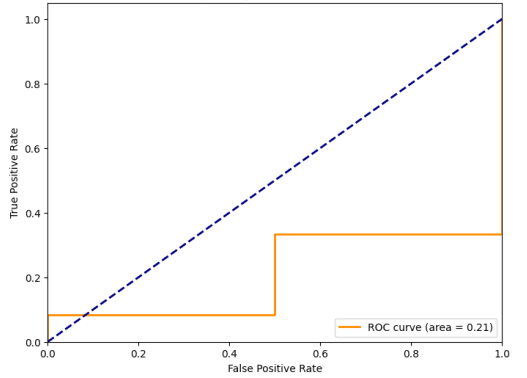Analysis of support vector machine and random forest models for classification of the impact of technostress in covid and post-covid era
Keywords:
COVID-19 era, Technostress, Machine Learning Models, Deep LearningAbstract
This study addresses the growing concern of technostress, a condition caused by the overwhelming use of digital technologies, exacerbated by the COVID-19 pandemic. The researchers developed a predictive model using machine learning algorithms, Random Forest (RF) and Support Vector Machine (SVM), to assess and manage technostress levels. The model considers factors such as age, gender, technology usage hours, and technological experiences to classify stress levels into high, moderate, and low categories. The study collected data through a questionnaire administered to knowledgeable respondents, using a non-probabilistic sampling approach. The results showed that both RF and SVM algorithms achieved high accuracy in classifying technostress, with SVM performing slightly better (94.5% vs 84.50%). The model’s effectiveness in predicting stress levels for users with varying degrees of stress is a significant contribution to the field. The research also developed an interactive user interface to facilitate user engagement with the model, promoting stress management and well-being in a technology-driven society. The study’s findings provide valuable insights into the challenges posed by technostress and offer a solution for mitigating its effects. The use of machine learning algorithms to classify gender based on the dataset demonstrates the model’s potential applications in various areas. Overall, this study demonstrates the importance of addressing technostress in the digital age and provides a valuable tool for managing stress levels. The development of predictive models like this one can help individuals and organizations mitigate the negative impacts of technostress, promoting a healthier and more sustainable relationship with technology.

Published
How to Cite
Issue
Section
Copyright (c) 2024 Gabriel James, Ime Umoren, Anietie Ekong, Saviour Inyang, Oscar Aloysius

This work is licensed under a Creative Commons Attribution 4.0 International License.
How to Cite
Most read articles by the same author(s)
- Gabriel James, Anietie Ekong, Etimbuk Abraham, Enobong Oduobuk, Peace Okafor, Analysis of support vector machine and random forest models for predicting the scalability of a broadband network , Journal of the Nigerian Society of Physical Sciences: Volume 6, Issue 3, August 2024
- Gabriel James, Ifeoma Ohaeri, David Egete, John Odey, Samuel Oyong, Enefiok Etuk, Imeh Umoren, Ubong Etuk, Aloysius Akpanobong, Anietie Ekong, Saviour Inyang, Chikodili Orazulume, A fuzzy-optimized multi-level random forest (FOMRF) model for the classification of the impact of technostress , Journal of the Nigerian Society of Physical Sciences: Volume 7, Issue 3, August 2025







